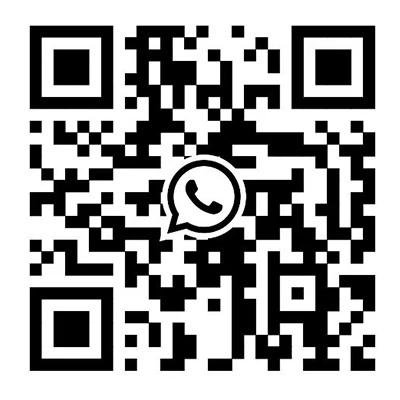Advantage of Wireless IoT Energy Meter
The opportunity to create smart cities, systems, and gadgets that are energy-efficient has arisen with the recent emergence of the Internet of Things concept in our life. This study suggests an Internet of Things (IoT) based energy efficient wireless smart metering system architecture in response to the pressing demand for energy conservation. It is a low-cost, fully integrated metering technology that competes with the current meters. It provides a user-friendly Android application, a website, and a database for the firm that supplies electricity. With a 97% accuracy rate, the suggested system design is roughly 25% less expensive than its equivalent on the international market. The power usage was lowered by 16% with the suggested design.
FAQ of Wireless IoT Energy Meter
Q: What is the main benefit of ADW300?
With its integrated wireless communication module, the AADW300 can achieve upstream communication for 4G LTE, WiFi, NB-IoT, and LoRa without the need for additional IoT gateways. The ADW300 is typically the best choice for monitoring distant 3-phase circuits in application circumstances where centralized meter installation is not possible.
Q: How should I handle a communication failure in the RS485 network?
First, see if the RS485 communication line wiring is loose or done wrong.(For example, wiring the A, B terminal in reverse).
Next, use the meter's keypads to verify that the address, baud rate, and check bit settings were accurate.
Q: What would happen if meters' LoRa communication broke down?
To connect the meter to the computer, first utilize a USB to RS485 serial converter. Next, make sure that the meter's setting and the master station's setting agree by using adjustment software.(Channel setup with spreading factor—SF)
If nothing changes, it could be because of a lot of interference from the construction site or an extremely long distance between the meter and the host. It is advised to use chuck antenna in that situation or to put up a new master station close by.
Q: What distinguishes ADW300 from ADW300W?
With its inbuilt current transformers, the ADW300 may choose an appropriate current transformer based on the site current in order to establish a secondary connection using CTs.
Conversely, the ADW300W features external current transformers.(not removable or the meter will be harmed) If there are already CTs at the job site, this type of design makes wiring and installation incredibly easy.
Q: 3×57.7/100V, 3×220/380V, 3×380/660V, 3×100V, 3×380V, and 3×660V, respectively, represent?
The meter's 3*100V and 3*57.7/100V specifications work well with PTs (potential transformers or voltage transformers) in high voltage power systems. In addition, 3*57.7/100V denotes 3-phase 4-wire and 3*100V denotes 3-phase 3-wire.
The 3*220/380V, 3*380/660V, 3*380V, and 3*660V specifications of the meter are appropriate for low voltage power systems (directly connect with meter). Concurrently, 3*220/380V, 3*380/660V, and 3*660V denote 3-phase 3-wire and 3-phase 4-wire, respectively.
Q: What is the main benefit of ADW310?
With its integrated wireless communication module, the AADW300 can achieve WiFi and 4G LTE upstream connectivity without the need for additional IoT gateways.
The ADW310 is typically the best choice for monitoring distant 1-phase circuits in application circumstances where centralized meter installation is not possible.
Q: How should I handle a communication failure in the RS485 network?
First, see if the RS485 communication line wiring is loose or done wrong.(For example, wiring the A,B terminal in reverse).
Next, use the meter's keypads to verify that the address, baud rate, and check bit settings were accurate.
Q: Which wire section did the ADW310 need in order to get some basic electrical parameter monitoring?
ADW310 was originally designed to achieve basic metering functions only requiring current input wire via CT and voltage input wiring via direction connection.
Q: What is the ADW310 Series power supply?
ADW310's voltage input doubles as the device's power source. Note that the rated/max voltage input range needs to fall between 85 and 265Vac L-N.

 EN
EN

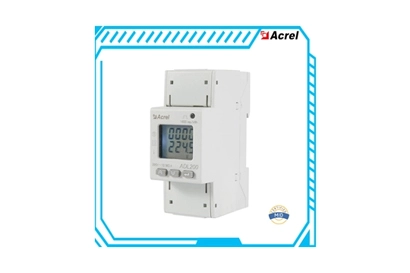
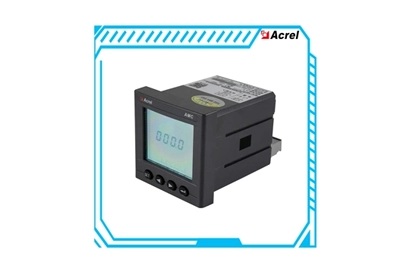
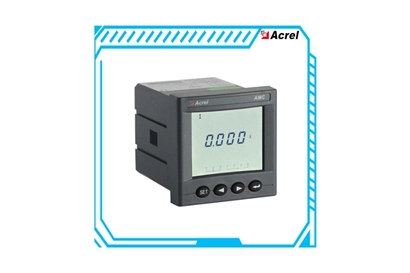
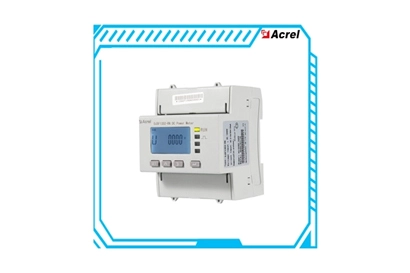
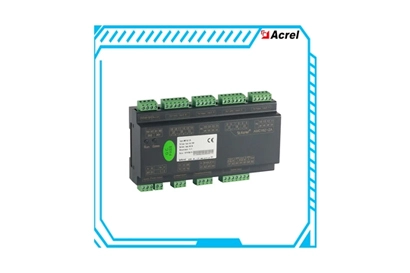
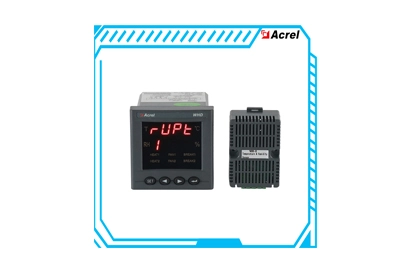
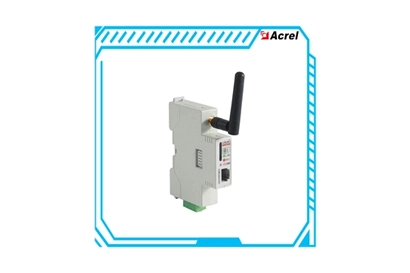

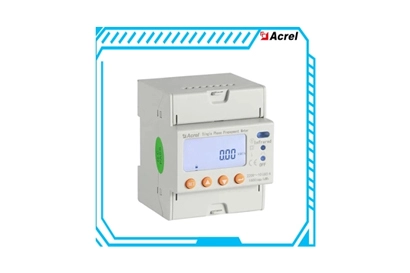
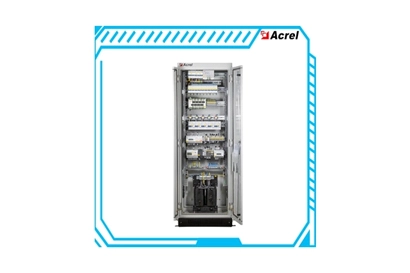
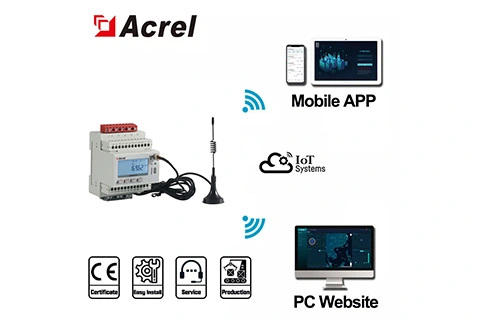
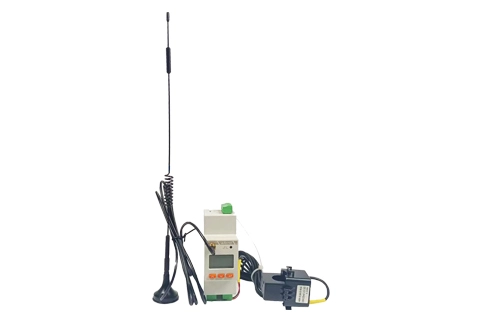



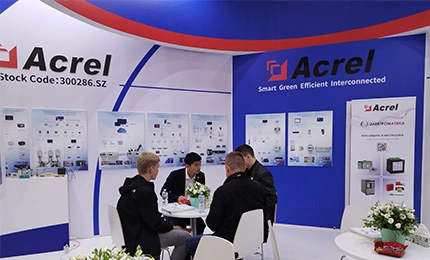

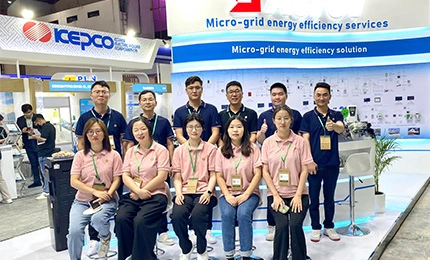
 Call us on:
Call us on:  Email Us:
Email Us:  No. 253, Yulv Road, Jiading Zone, Shanghai, China
No. 253, Yulv Road, Jiading Zone, Shanghai, China 
